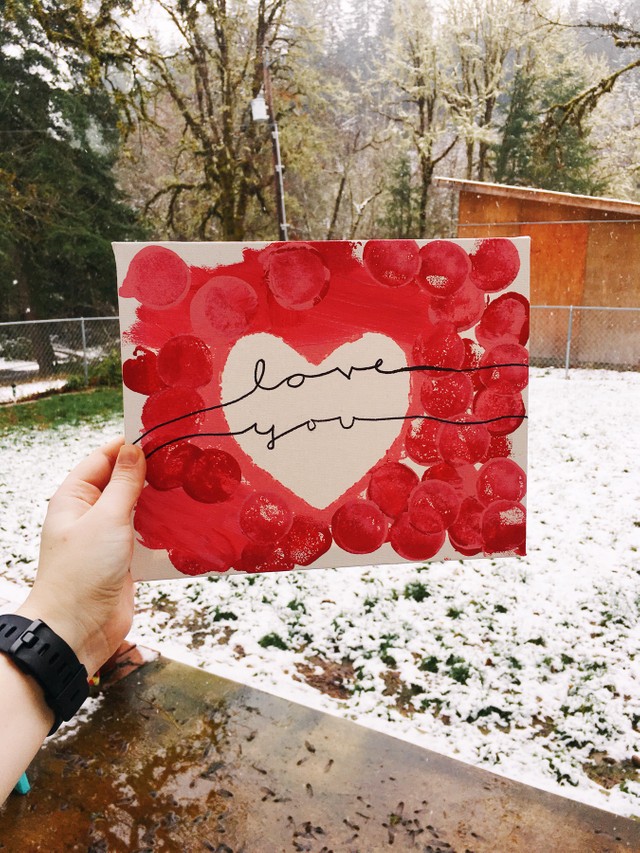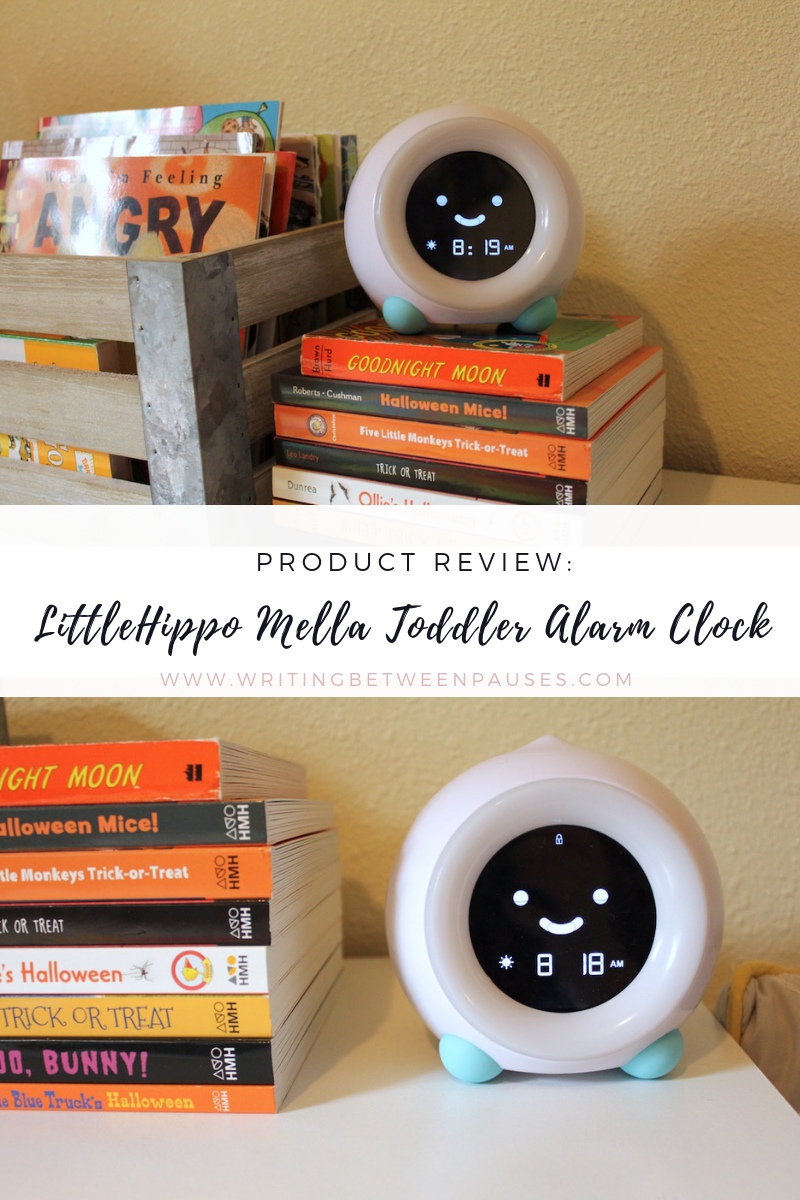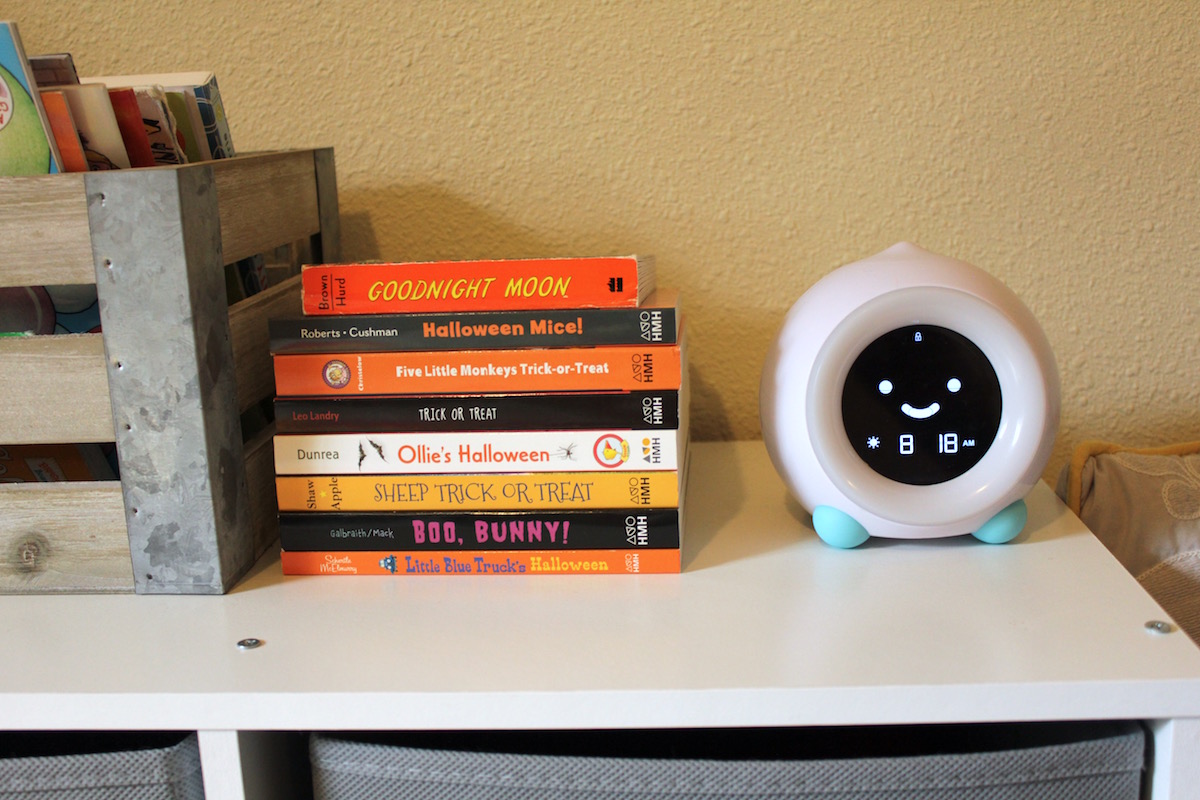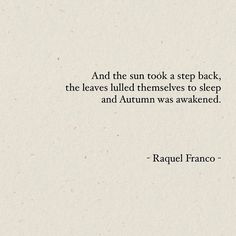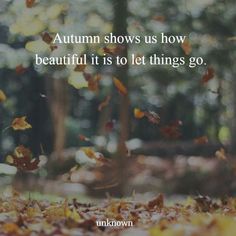You guys know I love Hungryroot. I’ve written about them a few times and as they’ve changed how they deliver food, I’ve grown to love them even more. Hungryroot is a great way to supplement your weekly grocery shopping with quick, convenient options. I wanted to share a few of my favorites, while sharing my tips for getting (slightly picky) kids to eat them.
If you want to try Hungryroot, you can use my promo code PAUSES2021 for free brownie batter when you sign up! Click here to visit Hungryroot and sign up for your first box today. I promise, you’ll love it as much as I do.
1. The Superblend Salad Mix
Sometimes, you meet a salad mix that is just absolutely perfect. I have a love-hate relationship with salads in general; I find them delicious, but hard to make and eat. Plus, buying lettuce and all the ingredients for a great salad can be expensive—and it all goes bad so quickly, I can barely use it all.
Enter the Superblend Salad mix, which has a combination of (wait for it) Brussels Sprouts, Napa Cabbage, Kohlrabi, Broccoli, Carrots, and Kale. It is…. perfect. When I tell you this salad mix works for everything, I mean it. Salads? Sure. Taco bowls? Yep. Coleslaw for tacos? YUP. In wraps? For sure. You name it, I’ll eat it. I’ve ever sauteed it for stir fry and it’s good that way too. It’s so freaking good.
And get this: even Forrest likes it. A sprinkle in his burrito (beans and rice only please, no cheese) (yes, he hates cheese) for a little crunch, or on his taco as coleslaw. He also likes a little sprinkled on top of his ramen when I make that at home, because he’s a cultured toddler like that.
But in all seriousness, this is a salad mix that isn’t droopy or plain; it has crunch, it has variety, it has flavor. It’s so, so good and perfect for using with kids. Like I said, it totally works as a coleslaw mix. A few suggestions: use on tacos, barbecue chicken sandwiches (!!!), or alongside fried (or baked!) chicken. Mix with ranch dressing and serve in a BLT wrap. There are so many ways to add this to the things you and your kids are eating anyway, for extra nutrition.
2. Superfood Almond Butter
We are bit peanut butter fans in our house—and swapping classic (aka sweetened, not very good for you) peanut butter has been a huge challenge for us. I’ve yet to find an almond butter that I love as much as I love JIF (and lemme tell you, I love JIF). However, Hungryroot’s Superfood Almond Butter is the closest thing I’ve found. Here are a few ways we love it in our house:
On toast with slicked strawberries or peaches on top
On waffles with syrup
In smoothies with banana
As a dip for apple slices in the afternoon
Mixed with oats as a crumble for pumpkin bread
Paired with local honey in an almond butter & jelly sandwich
On top of my morning oatmeal
Danny mixes a hearty dollop into his Kodiak Cake Flapjacks every morning before going to work.
This almond butter is just perfect. It’s not too sweet, but not too plain; it tastes like almonds without being aggressive; and it’s seriously healthy. It has almonds, chia and hemp seeds, coconut sugar, goji berry powder, and pink Himalayan salt. Honestly, it’s perfect. The packaging is also perfect because it’s easy for me to put the entire thing in my bag; it comes in a resealable tube not unlike a packet of baby food. It’s easy to dispense and great for traveling.
3. Brown Rice & Quinoa Blend
I am terrible at cooking rice (like, really bad at it), so these Brown Rice & Quinoa Blend 90-second pouches from Hungryroot are basically the answer to my prayers. Finding quick cooking brown rice, as well as quinoa, is like running a gauntlet, but Hungryroot pretty much took the baton from me and ran the entire race. They actually snapped their fingers, ala Thanos, and got rid of the race. These are perfect for nights where you have leftovers you need to use: leftover taco fixings? Make a burrito bowl. Leftover stirfry? Heat it up! Just need a quick dinner? Some brown rice and salad greens and call it a night! They are perfect.
Forrest loves rice and beans, so I pretty much can always make him happy with a scoop of homemade refried beans (just heat a can of low sodium black beans and mash with a fork, voila, homemade refried beans) and a scoop of rice. Add a few torn of tortillas (or even better, some of the Sprouted Wheat wraps from Hungryroot) and he is set. It’s a quick, easy dinner for a toddler who loves one thing and one thing only: carbs.
4. Energizing Green Juice
Personally, I love a green juice—the more vegetable-y, the better. And this one from Hungryroot really fits that description: it has cold-pressed cucumber, apple, celery, lemon, spinach, ginger, kale, mint, and parsley. It mostly tastes like cucumber water with a hint of lemon. If that doesn’t sound like your thing, go ahead and try it, you might be surprised.
However, this makes an excellent non-dairy base for a smoothie. Forrest and I love smoothies; it’s our normal afternoon snack. Here are a few of my favorite smoothie combos:
A bottle of green juice + pineapple, watermelon, cherries, & a frozen banana
A bottle of green juice + 1/4 cup of canned pumpkin (you can freeze this in tablespoon size ice cubes and it makes a great ice base too!), ginger & nutmeg, a banana, and a little bit of honey
A bottle of green juice + strawberries, a frozen banana, and a big spoonful of the Superfood Almond Butter
These are our three absolute favorites. Even better is to make a smoothie then freeze into popsicle molds for a quick, super healthy popsicle on hot days. This is Forrest’s absolute favorite treat during the summer and being able to offer a healthy option with the energizing green juice makes it even better.
5. Red Lentil Fusilli
Do you find yourself making spaghetti, like, 3 times a week in your house? Sometimes, it’s all I want to eat; it’s all Forrest wants to eat; it’s all Danny wants to eat. It’s so quick to boil some noodles, crack open some sauce, and move on with my life. That’s why I love that Hungryroot now has some quick grain options—including plaintain luinguini! But my favorite is their Red Lentil Fusili; I’ve also loved lentil pastas, they are a great, easy swap and they don’t taste any different from regular noodles. But you get an extra dose of iron, protein, and fiber.
Obviously, you can pair this pasta with any sauce (we are partial to red sauce in our family) and your toddler will probably wolf it down. However, Hungryroot also has some great, kid-friendly sauces, like Superfood Tomato Sauce (a classic!), Beet Pesto, Chickpea Pesto, and Garlic Parm.
If you had told me a few years ago that I was regularly eating red lentil pasta with chickpea pesto sauce, I would have told you that that wasn’t possible; I was a tried-and-true box of pasta and jar of store brand marinara sauce lover. But this really is just a better option—and it’s delivered to your door!
Update: there are SO many great products available through Hungryroot now—I’m planning to write an updated post on this topic soon!
Final Thoughts
Hungryroot isn’t just for adults, is what I want you to take away from this. If you want your kids to try new foods, and develop a love of some healthier foods, Hungryroot is a great way to do so. Plus, it’s just so easy to pick a few things and have them delivered to your door. No wandering through Whole Foods, trying to decide what to pick; no spending more than necessary. That’s why I love the subscription element; you pay the same price every week and get exactly what you want! These are just a few of my favorite items, but if you follow me on Instagram, you can frequently see what Hungryroot foods I’m eating every day.
Again, don’t forget you can use my code, PAUSES2021, to get 40% off your first order!
Disclaimer: I am a Hungryroot affiliate, which means every time you use my code, I will receive a small kickback. Posts like this help Writing Between Pauses keep going! This post was written on my own and all viewpoints expressed remain my own. I just really love Hungryroot! If you’d like to learn more about my disclaimer policy, click here.














